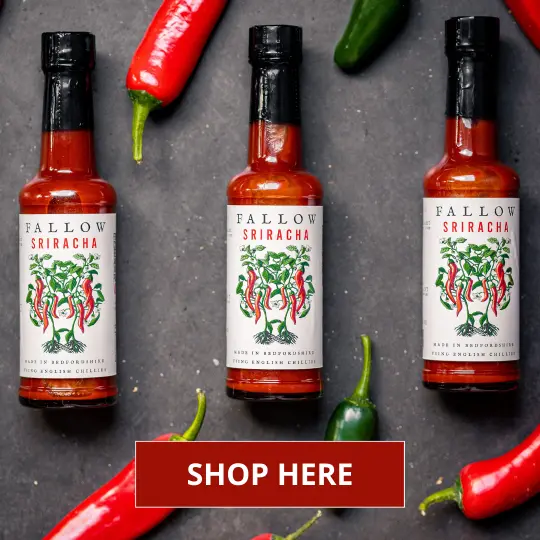Is this the ultimate sauce for steak and chips?

Mastering the Classic French Béarnaise Sauce: A History and Recipe for Home Chefs
Béarnaise sauce is a timeless classic in French cuisine, revered by chefs around the globe and a staple for enhancing a wide array of dishes. In this article, we’ll explore the history of béarnaise sauce, why it remains a favorite in kitchens today, and provide a foolproof recipe for you to recreate this gourmet sauce at home. This will be followed by our version of this cult classic sauce.
What is Béarnaise Sauce?
Béarnaise sauce is a warm emulsion made primarily from egg yolks, clarified butter, vinegar, shallots, and tarragon. It is closely related to Hollandaise sauce but is distinct in its use of tarragon and a reduction of vinegar and shallots, giving it a more herbaceous and slightly tangy flavour profile. Béarnaise is the go-to sauce for elevating dishes like grilled steaks (especially filet mignon), poached fish, and even roasted vegetables. Its creamy texture and depth of flavor make it a versatile component in any home chef’s repertoire.
The Origins of Béarnaise Sauce
Béarnaise sauce was first created in the 1830s by French chef Jean-Louis-François Collinet. Legend has it that Collinet invented the sauce by accident while experimenting with ingredients at the Pavilion Henri IV, a restaurant located in Saint-Germain-en-Laye, near Paris. The name “Béarnaise” derives from the Béarn region in southwestern France, where King Henry IV (who was born in Béarn) hailed from, though the sauce itself has no direct connection to the region beyond its name.
Despite its accidental beginnings, béarnaise quickly became a popular sauce in French haute cuisine and is now considered one of the “mother sauces” in classical French cooking.
Why You Should Make Béarnaise Sauce at Home
While béarnaise sauce is often thought of as a complex, restaurant-only recipe, it’s entirely possible—and rewarding—to make this delicious sauce at home. Whether you’re hosting a dinner party or simply want to add a gourmet touch to your weeknight meal, béarnaise sauce can instantly elevate your dish.
Best Dishes to Pair with Béarnaise Sauce
Béarnaise sauce is highly versatile and works wonders with a variety of dishes. Here are some chef-recommended pairings to inspire your next meal:
- Grilled Steak (Filet Mignon or Ribeye): Béarnaise sauce’s rich, buttery texture complements the bold flavours of a perfectly grilled steak.
- Poached or Grilled Fish (Salmon, Halibut): The tanginess from the tarragon cuts through the fattiness of fish like salmon, balancing out the flavours beautifully.
- Roasted Vegetables (Asparagus, Potatoes): Drizzle béarnaise over roasted asparagus or potatoes to add a luxurious touch to your vegetarian meals.
- By crafting a clear, detailed recipe along with helpful tips and historical context, we ensure that this article not only provides valuable information but also ranks highly for béarnaise sauce-related searches.
With this recipe and guide, you’ll be able to confidently prepare a silky, flavourful béarnaise sauce in your own kitchen. It’s a classic that never goes out of style and will leave your guests impressed with your culinary expertise.
PrintBéarnaise
- Author: Fallow
- Prep Time: 5 minutes
- Cook Time: 35 minutes
- Total Time: 40 minutes
- Category: Sauces
- Cuisine: French
Ingredients
- 1 whole large banana shallot
- 100ml white wine vinegar
- 125ml white wine
- Small bunch tarragon
- 10g chervil
- 10g parsley
- 10g chives
- 250g unsalted butter
- 3 egg yolks
- Salt, pepper, and lemon juice to tasted
Instructions
- Thinly slice the banana shallot and place into a medium saucepan with the white wine and vinegar.
- Pick the leaves of the tarragon and keep to the side. Put the stalks into the saucepan and place on a medium high heat. Reduce the liquid by two thirds, roughly 15 minutes.
- To clarify the butter, place it into a clean saucepan and melt on low heat. Allow the solids to sit at the bottom (they will not be added to the sauce).
- Finely chop the tarragon, chervil, parsley, and chives. Keep to the side.
- In a bowl place the egg yolks and cooled wine reduction. Whisk to fully incorporate. Whilst continuously whisking slowly pour in your very hot butter. If your sauce is starting to split, add in a teaspoon of ice-cold water. If it’s getting too thick add a teaspoon or two of the hot water. Continue to whisk till fully emulsified.
- Once all the butter is added, stir through your finely chopped herbs. Season with salt, pepper, and lemon juice to taste. Add more of the onion reduction too if you like it. If you have cooked a steak, pour in the hot beef pan drippings whilst whisking for extra flavour.

